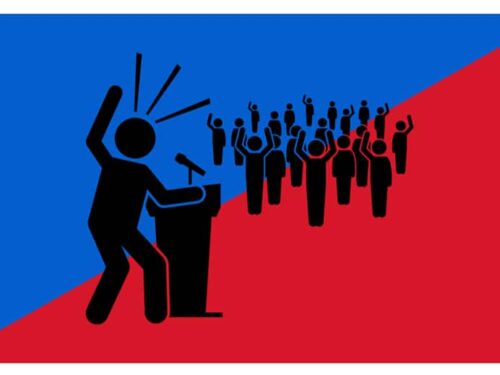
Conflict on global teams can show up in ways you may not expect. Here are the skills to navigate these moments.
Ted and his team had reached a crisis point.
Ted is a senior leader with a global company. His team had been collaborating cross-functionally on a project with another team, but the project had come to a standstill. The relationship between both teams had broken down, to the point of non-communication, with a string of unanswered emails and phone calls.
In a coaching session, I asked Ted to describe his plan. What was his strategy?
His answer surprised me.
“I’ve asked my boss to intervene. There’s nothing more I can do.”
I asked him if he had tried to meet with the team.
“I can’t,” he replied. “They’re in Japan.”
The fact that the team is in Japan is not a trivial detail — in fact, the relationship had broken down precisely because Ted had been ignoring this crucial fact.
Ted and his team had been approaching the conflict with an American lens, following the guidelines of their own cultural norms and standards. This had caused missteps they were unaware of.
Repairing the relationship would require Ted to tap into a set of skills that were new to him, skills required to manage conflict cross-culturally. Here’s what he had to do.
Adapt behavior
I asked Ted what he would do to build a bridge to the other team. He replied, “I’ll talk to them. I’ll say, ‘We have to work together, so you need to start communicating with me.” With a Japanese team, this approach would not work. In Japanese culture, people are sensitive to hierarchies. Ted would be speaking peer-to-peer — how might such a demand land with the leader of the Japanese team, who is his equal? “Not well,” Ted conceded. Repairing the relationship would require Ted to adapt his behavior. I encouraged him to begin with an apology. In Japanese culture, saying “I’m sorry,” even in professional contexts, demonstrates humility and respect. It says, “I’m sorry this situation has caused you inconvenience and emotional distress.”
Embrace the values of the other culture
After further digging, Ted revealed that the biggest source of tension is that the Japanese team has reported feeling unappreciated for their contributions. While this need may not resonate with Ted as strongly, I encouraged him to embrace the values of the Japanese team. If feeling acknowledged and respected was important to them, he would have to work to change that dynamic. I encouraged him to genuinely enter the other team’s world and tap into the empathy he needs to understand their challenges. He realized he would have to reach out and, with humility, extend an apology and show appreciation for the other team’s work.
Lead by example by connecting new mindset to business goals and mission
Embracing a new behavior — when it isn’t in your cultural vocabulary — can be challenging, and it didn’t come naturally to Ted. I encouraged him to define the reasons why it was important to do so. The teams need to communicate with one another to successfully collaborate. The relationship between the teams had deteriorated so badly that the project had been at a standstill for two months. Reflecting on these reasons gave Ted enough motivation to act. This process is referred to as “psychological customization,” which Andy Molinsky writes about in his book Global Dexterity: How to adapt your behavior across cultures without losing yourself in the process.
Engaging in a new behavior can create inner conflict. You can reduce that conflict by personally customizing your reasons, finding an explanation that fits naturally with your values, beliefs, or — in the case of Ted’s team — important business goals. By creating deeper, personal reasons for your behavior, you help make sure your words and actions come across as sincere and authentic. Focusing on the greater good can help, too. Lead by example and demonstrate these new behaviors in your words and interactions with other teams, encourage team members to do the same, and hold each other accountable.
Conflict across culturally diverse teams does not have to escalate to the point of crisis, like it did in Ted’s case. Conflicts big and small can be managed by, first, having awareness that not everyone abides by the same rules, values, and norms of your own culture. Adapt new behaviors, embrace the values of the other culture, and lead by example by connecting those new behaviors to your personal values and business objectives.
BY MAYA HU-CHAN, ADVISORY COUNCEL MEMBER FOR CRL, LEADERSHIP EXPERT AND EXECUTIVE COACH




